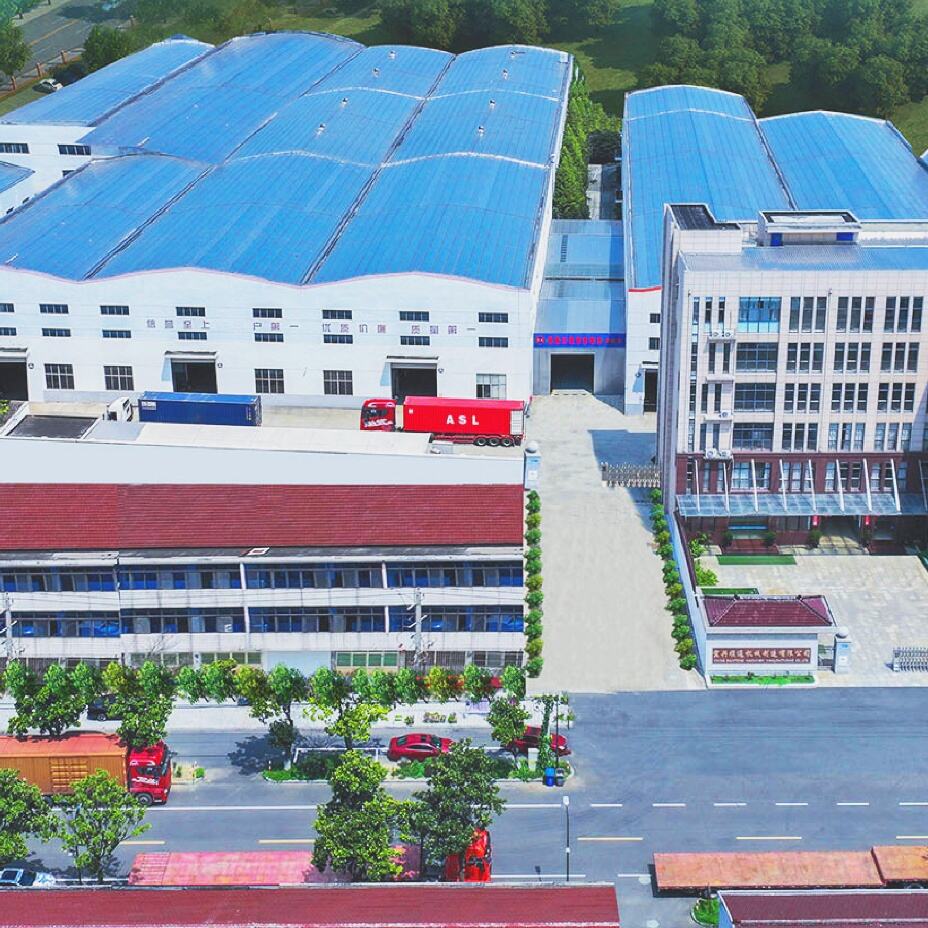Application Prospects of Broom Yarn Machine: Catering to Diverse Cleaning Needs and Market Trends
The primary application prospect of the broom yarn machine centers on everyday cleaning scenarios, a stable and vast market driven by global household and commercial demand. From basic household brooms for sweeping floors to heavy-duty options for offices, schools, and shopping malls, the machine’s ability to produce yarn of varying thicknesses, materials (such as PP, PET, or natural fibers like coconut husk), and stiffness directly meets these needs. Small-scale workshops and large manufacturers alike rely on it to customize broom yarn—for example, softer yarn for indoor use and thicker, more wear-resistant yarn for outdoor spaces—ensuring consistent supply for the $ billions global cleaning tools market. As urbanization continues to boost demand for standardized cleaning products, this machinery remains a core production asset.
A second key prospect lies in specialized and industrial cleaning sectors, expanding the machine’s use beyond conventional brooms. Industries like logistics (warehouses), construction (post-site cleaning), and agriculture (barns, farmyards) require brooms with extra durability and debris-clearing capacity. The broom yarn machine can be adjusted to produce high-tensile yarn that resists breaking or fraying, supporting the making of industrial-grade brooms, street sweepers’ attachments, and even specialized tools for cleaning machinery parts. Additionally, sectors like hospitality (hotels, resorts) often need aesthetically consistent broom yarn in custom colors—another capability the machine offers—opening opportunities for branded or themed cleaning products that command higher margins.
The third prospect ties to sustainability trends and emerging market growth, fueling long-term demand. With consumers and regulators pushing for eco-friendly cleaning solutions, the broom yarn machine can be upgraded to process recycled plastics or biodegradable fibers, enabling the production of “green” broom yarn that aligns with global carbon reduction goals. This adaptation helps manufacturers comply with environmental standards (e.g., EU’s REACH) and tap into the fast-growing eco-cleaning market. Meanwhile, emerging markets in Southeast Asia, Africa, and Latin America—where local production of cleaning tools is still fragmented—present untapped potential. The machine’s scalability (from small, affordable models for village workshops to high-capacity lines for regional distributors) makes it accessible to these markets, driving adoption as demand for locally made, cost-effective brooms rises.

